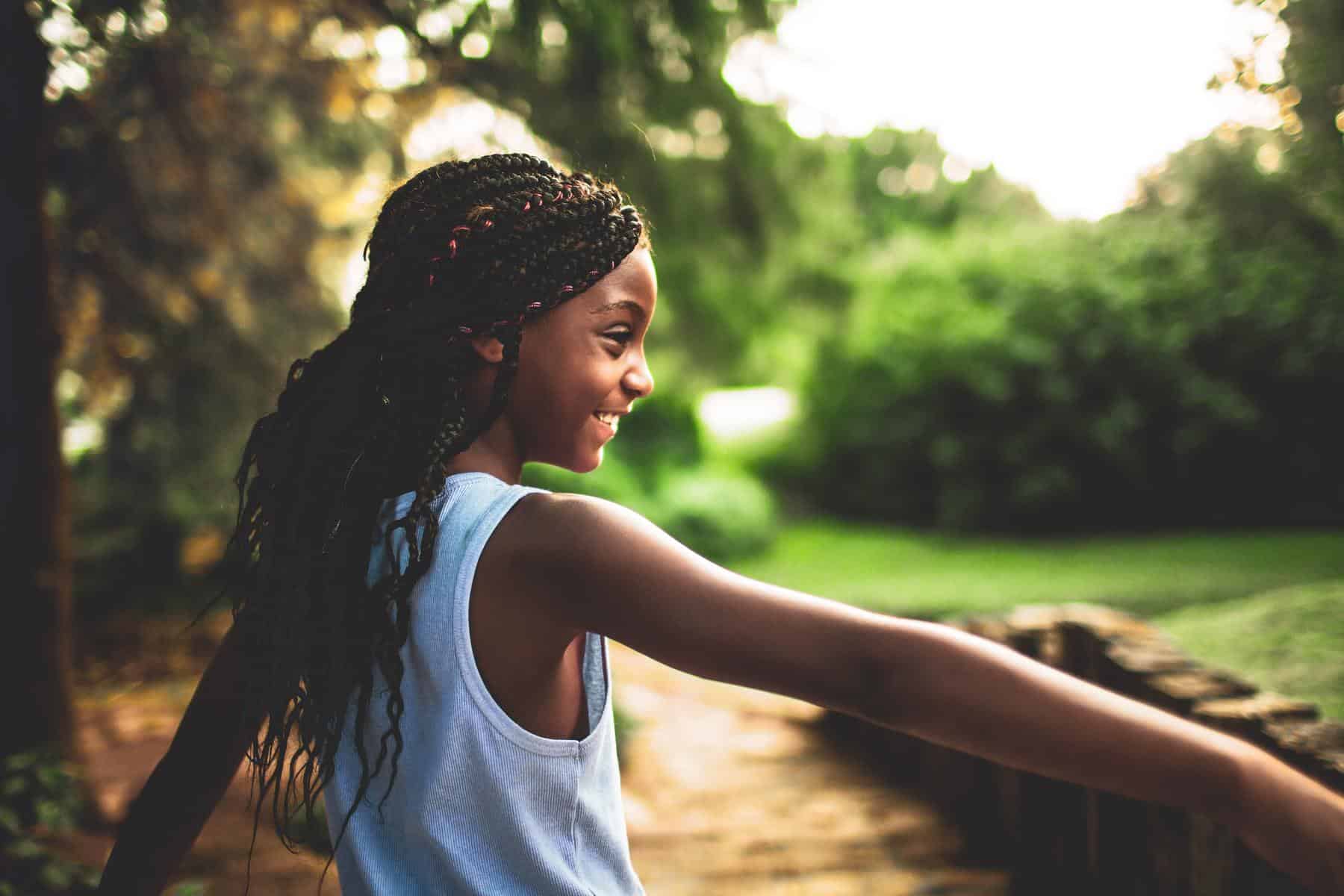What about outdoor schools? Lessons for school reopening from the Youth Outdoor Policy Partnership
30 July 2020Like most parents, I’m spending a lot of time thinking about the impossible task facing our school districts to safely reopen schools in a way that meets our kids’ educational, social, and emotional needs; prevents the spread of COVID-19; and provides parents necessary childcare so they can go to work.
As school districts try to comply with physical distancing requirements, limit class sizes, and improve ventilation in schools, one characteristic of the coronavirus points to unconventional solutions—the risk of transmission diminishes outside.
For the past two years I have been facilitating the Youth Outdoor Policy Partnership, a collaboration of leading national organizations working to ensure all children have access to high quality outdoor experiences and environmental education. As parents, teachers, administrators, and policymakers grapple with school reopening, some of the policy ideas from the Youth Outdoor Policy Playbook may provide the kind of “out of the box” thinking we need for this unprecedented time.
Innovative solutions for outdoor learning
A few ideas from the Playbook are particularly relevant to the school reopening discussion:
- Outdoor Preschools: Washington state adjusted its childcare licensing regulations to allow for outdoor preschools (see WA SB 5357), which offer high-quality, affordable early learning under normal circumstances, but may also represent a safer option during the COVID-19 pandemic.
- Outdoor Learning and Green School Yards: K-12 schools could also move classes or other school functions outside to relieve pressure on indoor classrooms and provide fresh air and hands-on learning. Cold weather makes outdoor learning more challenging in the winter, but we can learn from the past and other countries (including Norway!) who have found innovative solutions. Green School Yards America provides specific guidance, policies, and planning tools for districts ready to get serious about this idea.
- Improve safer walking and biking routes to school: Improving walkability and bikeability of routes to school can encourage a healthy, outdoor alternative to school buses for districts struggling how to safely distance students with existing school bus capacity.
- Tap the knowledge and capacity of existing outdoor and environmental learning providers: Programs like No Child Left Inside support organizations who provide high-quality outdoor experiences for kids. These service providers could train staff in outdoor education or provide outdoor childcare and learning under a “blended” model of remote and in-person school time.
- Continue to support outdoor equity: Most of the policies outlined above focus on school reopening, but it is also more important than ever to consider how to improve equity and access to the outdoors so that ALL KIDS and their families can benefit from additional time outside. The New Mexico Equity Fund, expanding the Every Kid Outdoors program to include state parks, and other equity-focused policies will support healthier, happier, and smarter kids.
What’s next for schools and the outdoors
There is a growing pool of evidence that kids who have meaningful outdoor experience are physically and mentally healthier and have improved academic achievement. The pandemic provides an opportunity to take this compelling research to heart and move towards an education system that rethinks how and where students learn.
I’m still navigating what this fall will look like in our school district and for my own children’s education. But for now, I’m daydreaming about school days with more time outside and hands-on learning that explores our natural environment.

Youth Outdoor Policy Partnership
Learn more about the Youth Outdoor Policy Partnership and see our summary of outdoor-related school reopening guidance.